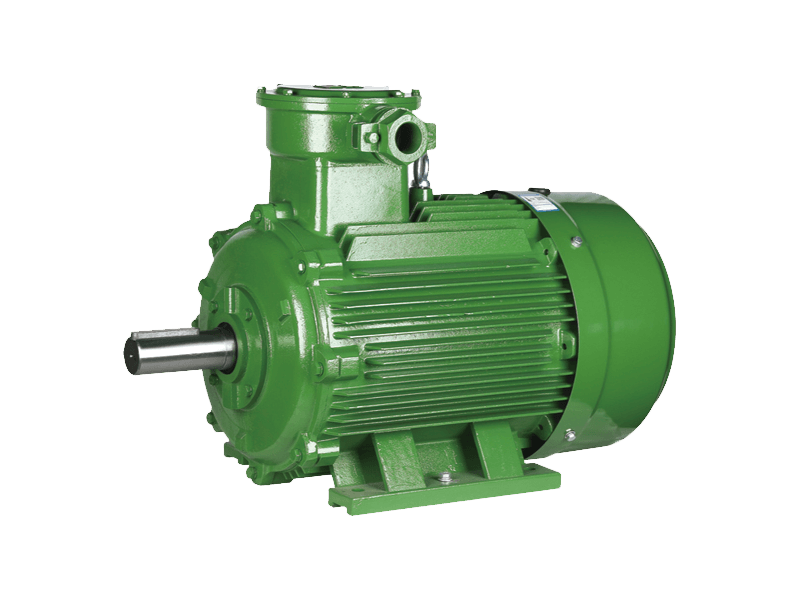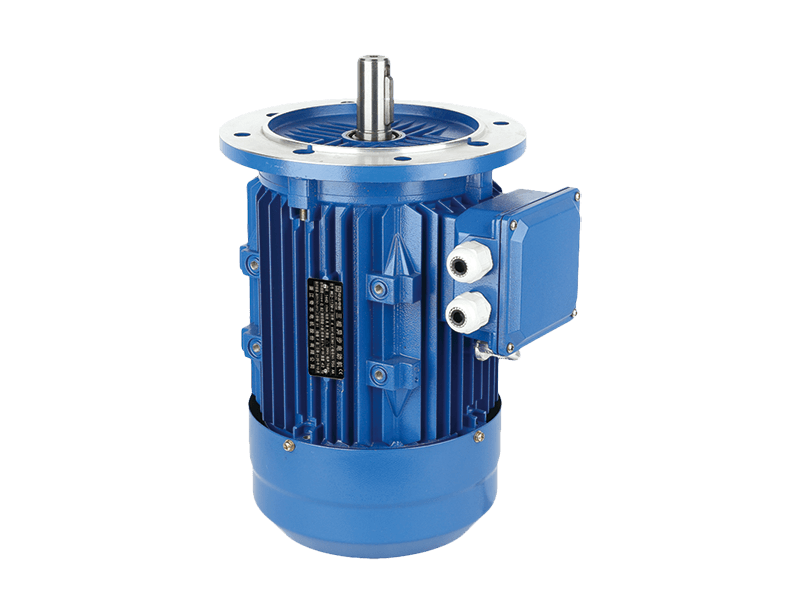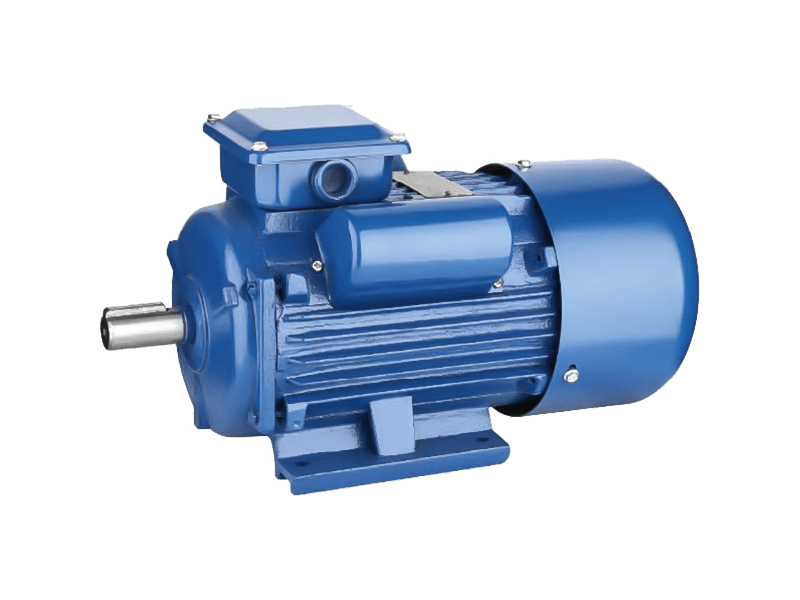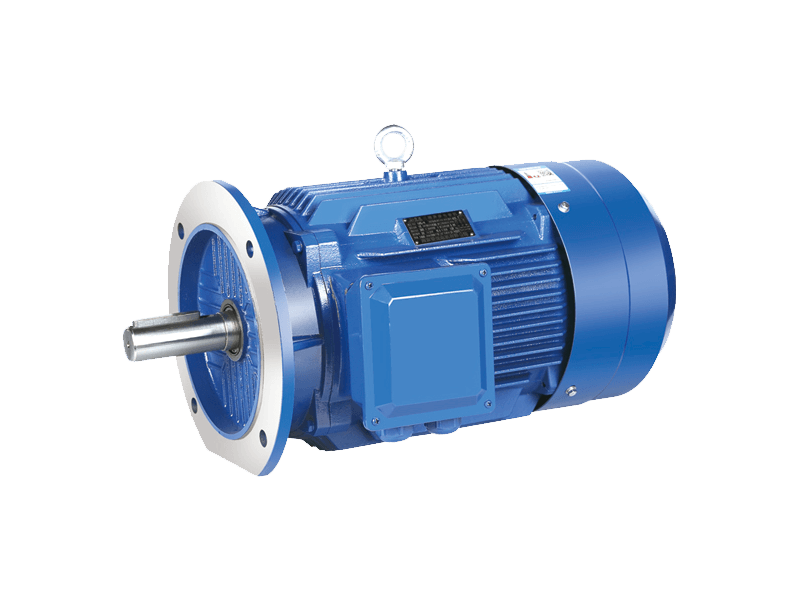The ubiquitous fan motor, a core component in everything from home appliances to industrial systems, is undergoing a significant technological transformation. Recent advancements in motor design, material science, and control systems are making these units quieter, more energy-efficient, and smarter than previous generations. This evolution of the fan motor is contributing to improved performance and reduced energy consumption in a wide variety of applications, marking a notable step forward in electro-mechanical engineering.
At the heart of this progress is the widespread adoption of the Brushless DC (BLDC) fan motor. This type of motor operates using electronic commutation, which eliminates the physical brushes found in traditional models. This fundamental change brings multiple advantages: a BLDC fan motor experiences less friction and wear, pilot to a longer operational lifespan and greatly reduced maintenance needs. Furthermore, the technology allows for more precise control over the motor's speed, which is a key factor in its enhanced efficiency and quieter performance. The predominant control offered by a modern fan motor is a critical feature for applications where managing airflow and acoustic levels is important.
Energy efficiency remains a primary driver of innovation in fan motor development. Governments and consumers are increasingly prioritizing sustainability, pushing manufacturers to create motors that achieve higher airflow with less electrical input. Modern iterations of the fan motor are engineered with optimized magnetic circuits and improved laminations to less energy losses. The ability of a contemporary fan motor to vary its speed based on demand, rather than running at a constant single speed, results in substantial power savings, particularly in climate control and refrigeration systems that operate for extended periods.

Noise reduction is another critical area of focus. Engineers are addressing acoustic performance through multiple avenues, including the development of more aerodynamically efficient impellers that work in harmony with the fan motor. Advanced bearing systems and vibration-dampening materials are also being integrated to isolate and absorb sound. The result is a new generation of fan motor units that provide strong airflow while maintaining a notably quiet operation, a feature highly valued in residential, office, and healthcare environments.
The integration of smart technology is adding a new layer of functionality to the fan motor. Units are now being equipped with sensors and connectivity features that allow them to be part of larger automated systems. A smart fan motor can adjust its speed based on real-time data, such as temperature or occupancy, and can provide operational feedback for predictive maintenance schedules. This trend points toward a future where the fan motor is not just a simple component but an intelligent node within a networked environment, optimizing performance autonomously.
Looking ahead, the future of the fan motor is set to be shaped by even greater material innovations and system integration. Research into new composite materials and magnetic alloys promises to yield lighter and even more efficient motors. As the Internet of Things continues to expand, the role of the connected fan motor in creating responsive and energy-conscious environments in homes, data centers, and commercial buildings will undoubtedly grow, solidifying its status as a vital and evolving technology.









